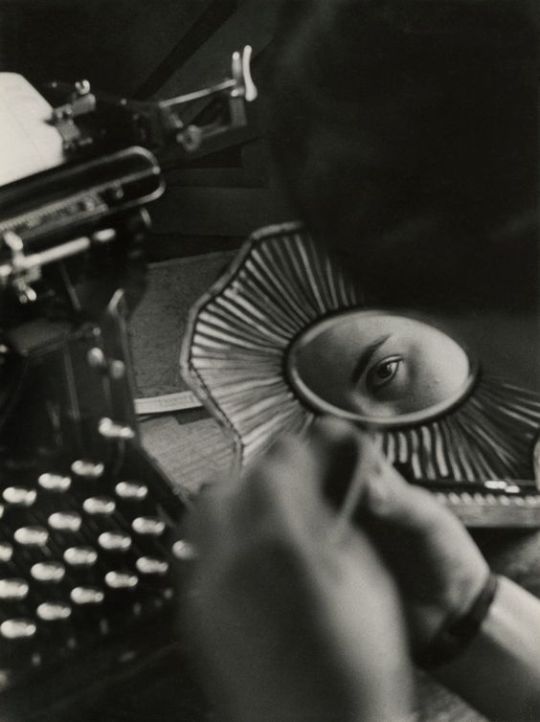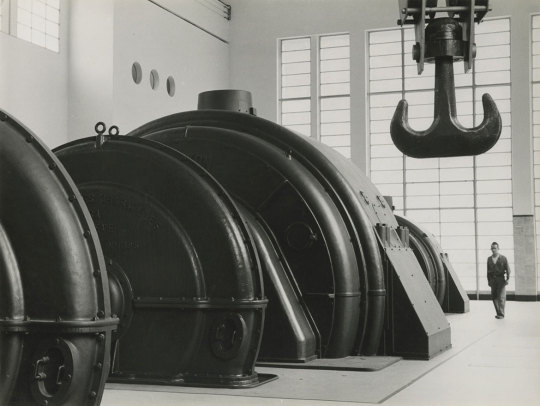#Jakob Tuggener
Text
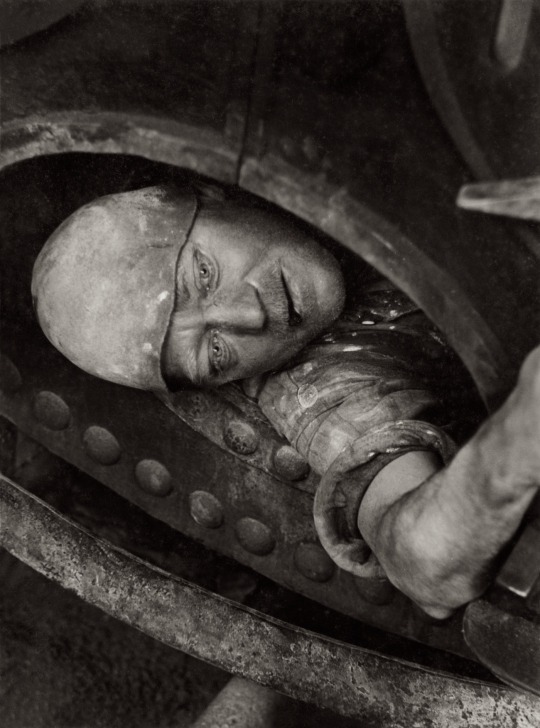
Work in the boiler, 1935 - by Jakob Tuggener (1904 - 1988), Swiss
129 notes
·
View notes
Text

Jakob Tuggener Schiffsnieter (riveteuse pour navire) 1947 collection Marin Karmitz
Vu au Centre Pompidou à l'exposition Corps à corps Histoire(s) de la photographie
60 notes
·
View notes
Text
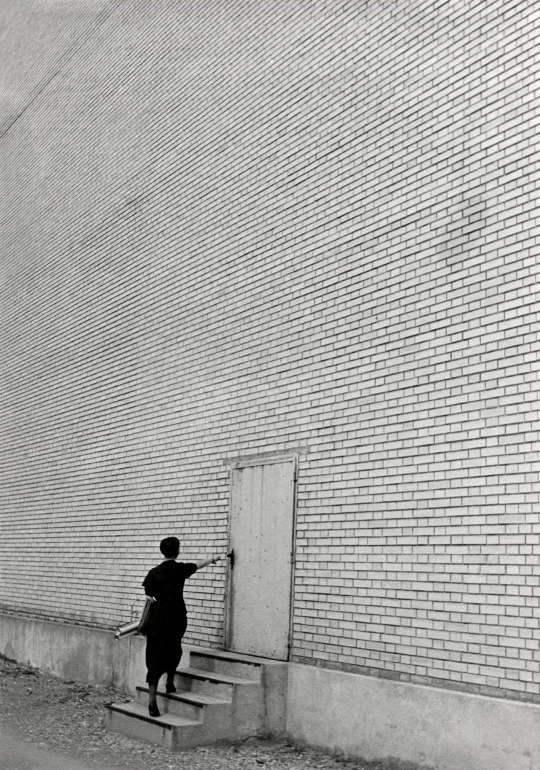
Jakob Tuggener - Talleres de construcción mecánica Oerlikon
24 notes
·
View notes
Photo

JAKOB TUGGENER
https://www.relations-media.com/jakob-tuggener-fabrik-une-epopee-industrielle-1933-1953-pavillon-populaire/
82 notes
·
View notes
Text

Amar: hacer de un alma un cuerpo, hacer de un cuerpo un alma, hacer un tú de una presencia.
Octavio Paz
Foto: Jakob Tuggener
#Jakob Tuggener#octavio paz#literatura#frases en español#frases#citas reflexivas#citas de la vida#citas cortas#photographe#photografy#black and white#blanco y negro#cultura#fotografía#fotografos
3 notes
·
View notes
Text
Exposition Corps à corps - Histoire(s) de la photographie, une rencontre entre deux collections, celle du Musée national d'art moderne, Centre Pompidou, et celle, privée, du collectionneur et homme de cinéma Marin Karmitz
Jusqu'au 25 mars 2024
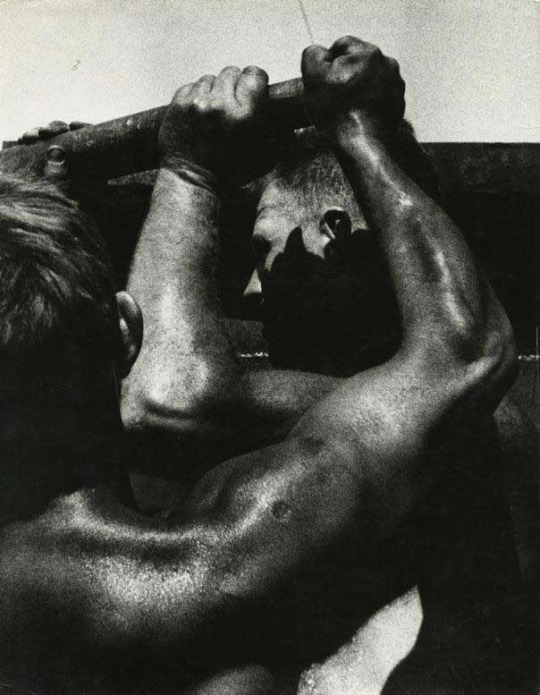

Jakob Tuggener Schiffsnieter (riveteuse pour navire) 1947 collection Marin Karmitz
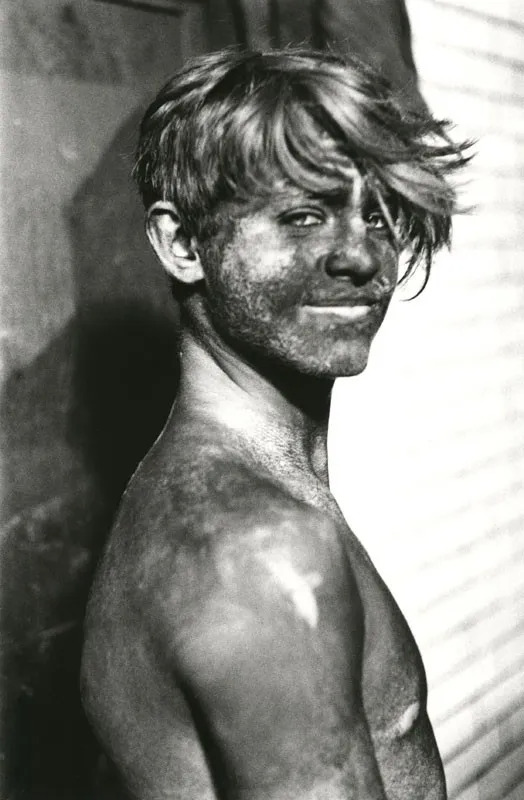
Gotthard Schuh mineur Winterslag Belgique 1937, collection Marin Karmitz
1 note
·
View note
Text


Since 1973 the Stadtzürcher Heimatschutzbund takes a stand for the conservation and maintenance of historically valuable buildings, gardens and urban plannings in Zurich, Switzerland. As an independent association under private it takes a stand against the excesses of capital-driven, short-sighted interventions in the grown urban fabric and thanks to Swiss legislation is also allowed to file complaints: in consultation with the Zürcher Heimatschutz, the local authority for the protection of monuments, the organization is allowed to have a say in Zurich’s building projects. And in this capacity the Heimatschutzbund seeks to shape a sustainable, vivid and livable city.
On the occasion of its 50th anniversary the association takes a look back at its achievements but also on the manifold losses the urban fabric of Zurich had to sustain: „Baukultur erhalten. Urbane Qualität schaffen - Stadtzürcher Heimatschutz 1973–2023“, published recently by Triest Verlag, is a compendium of history and present. After a brief retrospective the book focuses on exemplary, successful projects that illustrate the broad approach of the association: one such example is the Kongresshaus, a design by Haefeli Moser Steiger completed in 1939, that the city of Zurich slated for demolition and which should have been replaced by a new building by Rafael Moneo. The Stadtzürcher Heimatzschutz already in 2005 held its annual meeting inside the Kongresshaus, organized tours around the building and most importantly showed Jakob Tuggener’s documentary of the old Zurich Trocadéro’s demolition and the consecutively erected new building. The result was a shift of opinion, also supported by journalists, that resulted in the preservation of the building.
This episode is representative of a number of successful campaigns launched by the Heimatschutz and included in the book: the association very efficiently organizes its protest against unnecessary new constructions and for the preservation of grown structures with the effect that historic layers at least in part remain visible. Accordingly the present anniversary publication by looking back also formulates ideas pointing to the future of urban planning.
#stadtzürcher heimatschutzbund#triest verlag#architecture book#historic preservation#heritage protection#swiss architecture#zurich#book
17 notes
·
View notes
Text

10.3.2024 | Winterthur | Fotostiftung | 14.30h
Jakob Tuggener | Im Frühlingswind | 1950er Jahre
2 notes
·
View notes
Photo
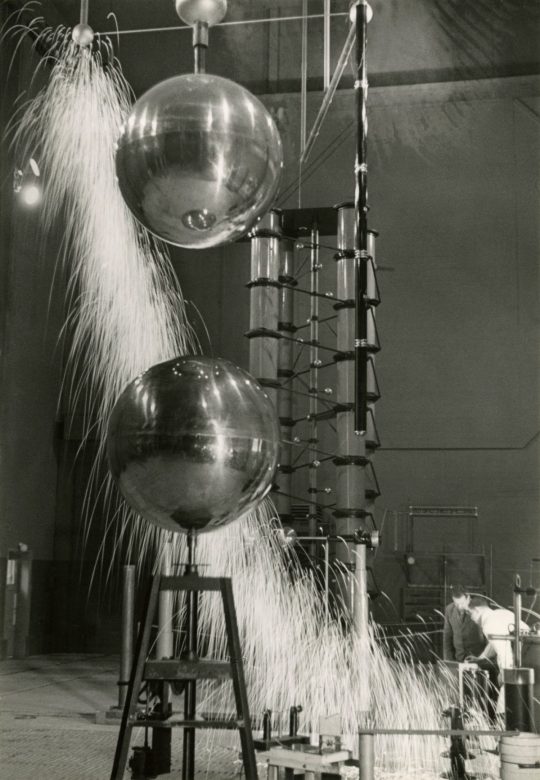
Research Laboratory, Maschinenfabrik Oerlikon, Switzerland, 1941
Photograph by Jakob Tuggener
from the self-published photo book 'Fabrik' (Factory), 1943
image credit: Jakob Tuggener Foundation, Uster
73 notes
·
View notes
Text
Henriette Grindat (1923–1986) was a Swiss photographer. She was a major female contributor to artistic photography, taking a Surrealist approach inspired by the literary trends of the post-war years.
Grindat was one of the few Swiss photographers of her time to develop an artistic approach to photography. Her complex surrealistic images were often achieved by means of collage, photograms, or solarisation. Influenced by Camus, she took a keen interest in photographing towns and landscapes next to the sea, fascinated by the effects of light and water.
She may be counted among the photographers of the period directly following World War II who was neither documentary nor advertising photographers but who claimed for photography the status of an autonomous artistic medium and whose ranks included representatives of «subjective photography» in Germany and members of the «Academy of Swiss Photographers» such as Werner Bischof, Gotthard Schuh and Jakob Tuggener, who devoted themselves exclusively to «photography as a means of expression»
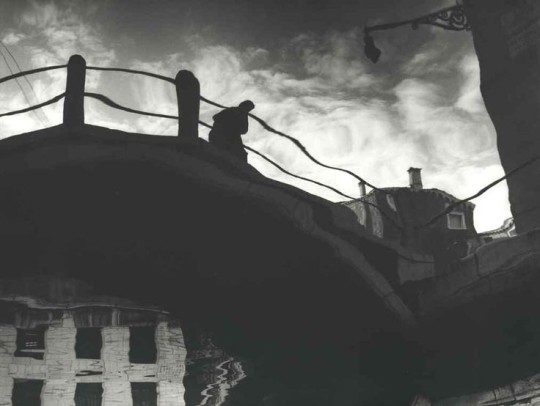
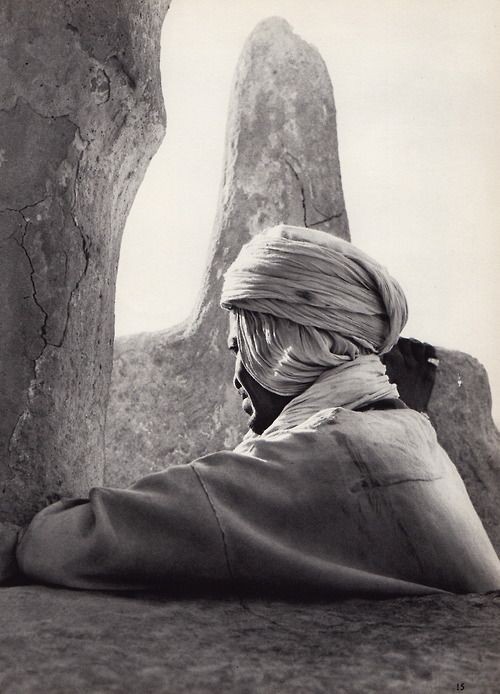


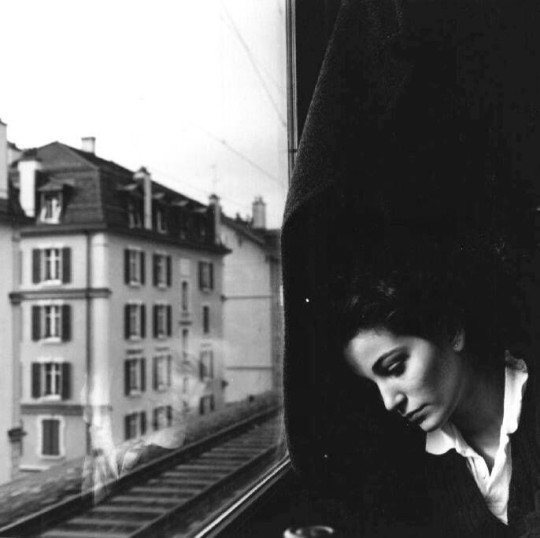
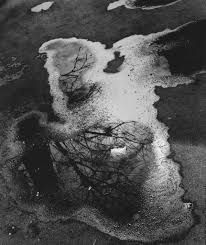
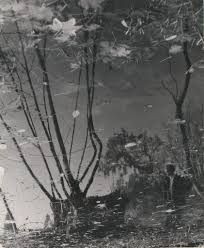

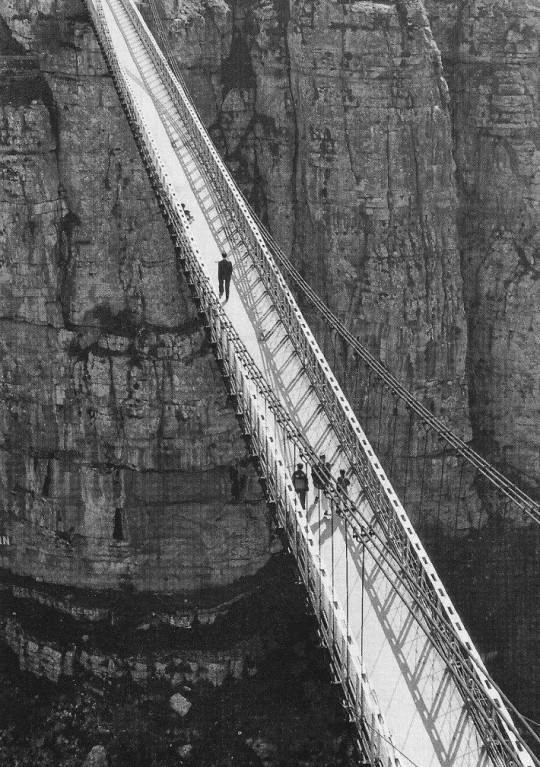
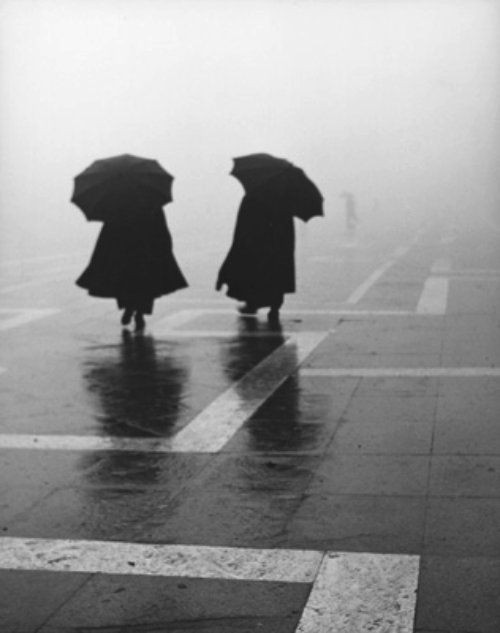
#photography#culture#art collective#photomagazine#art#london#bnwphotography#female photographers#henriette grindat#women photographers
16 notes
·
View notes
Photo
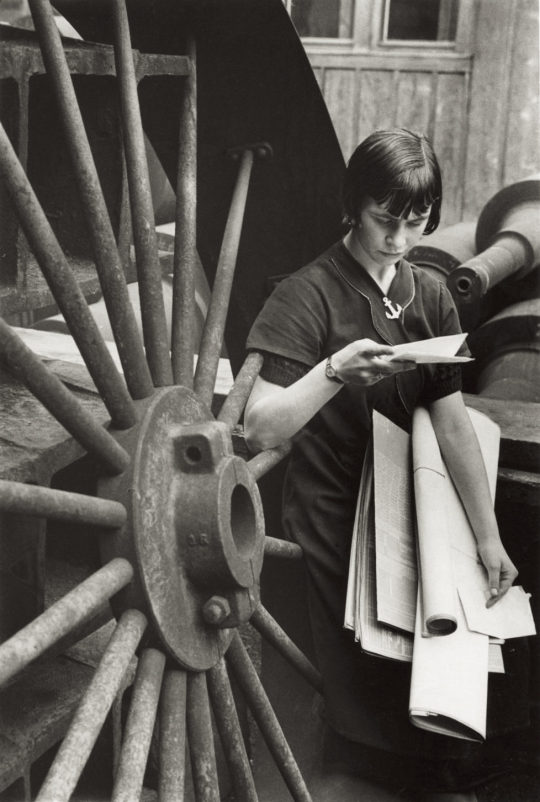
Berti, errand girl in the Oerlikon machine factory, Switzerland, 1936 - by Jakob Tuggener (1904 - 1988), Swiss
157 notes
·
View notes
Photo
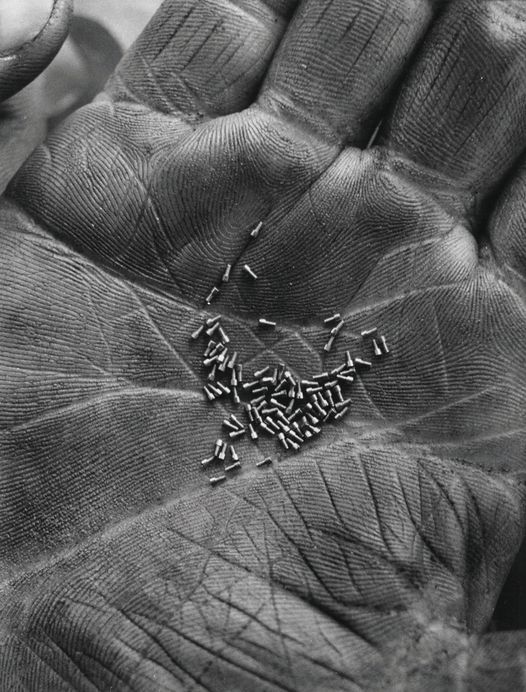
Machine-tool factory Tornos, Moutier, 1942 from Jakob Tuggener’s “Books and Films”
12 notes
·
View notes
Photo
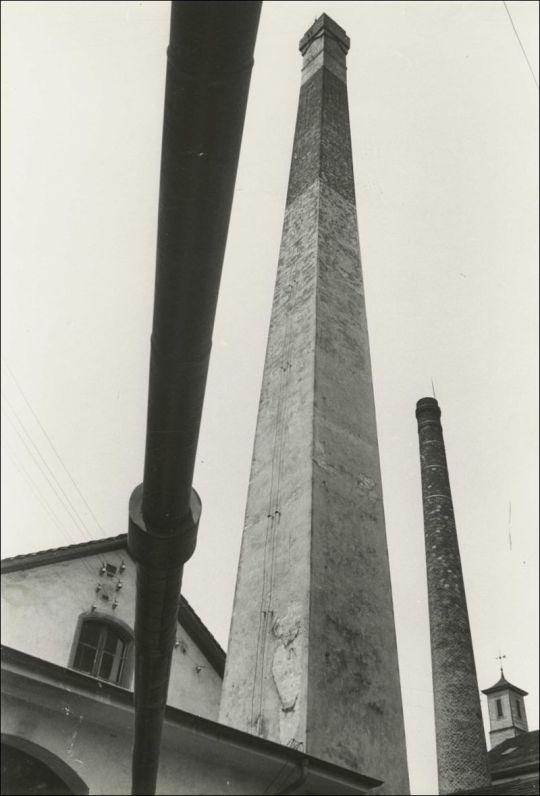
JAKOB TUGGENER
https://www.relations-media.com/jakob-tuggener-fabrik-une-epopee-industrielle-1933-1953-pavillon-populaire/
50 notes
·
View notes
Text
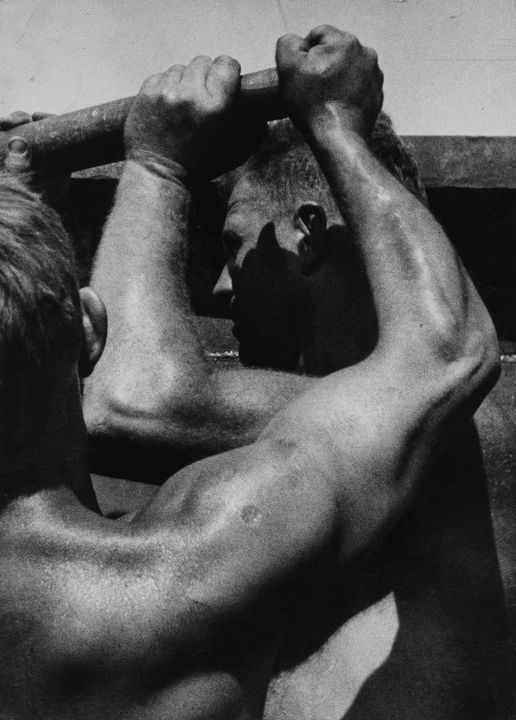
Jakob Tuggener, Senza titolo, 1943 circa.
2 notes
·
View notes
